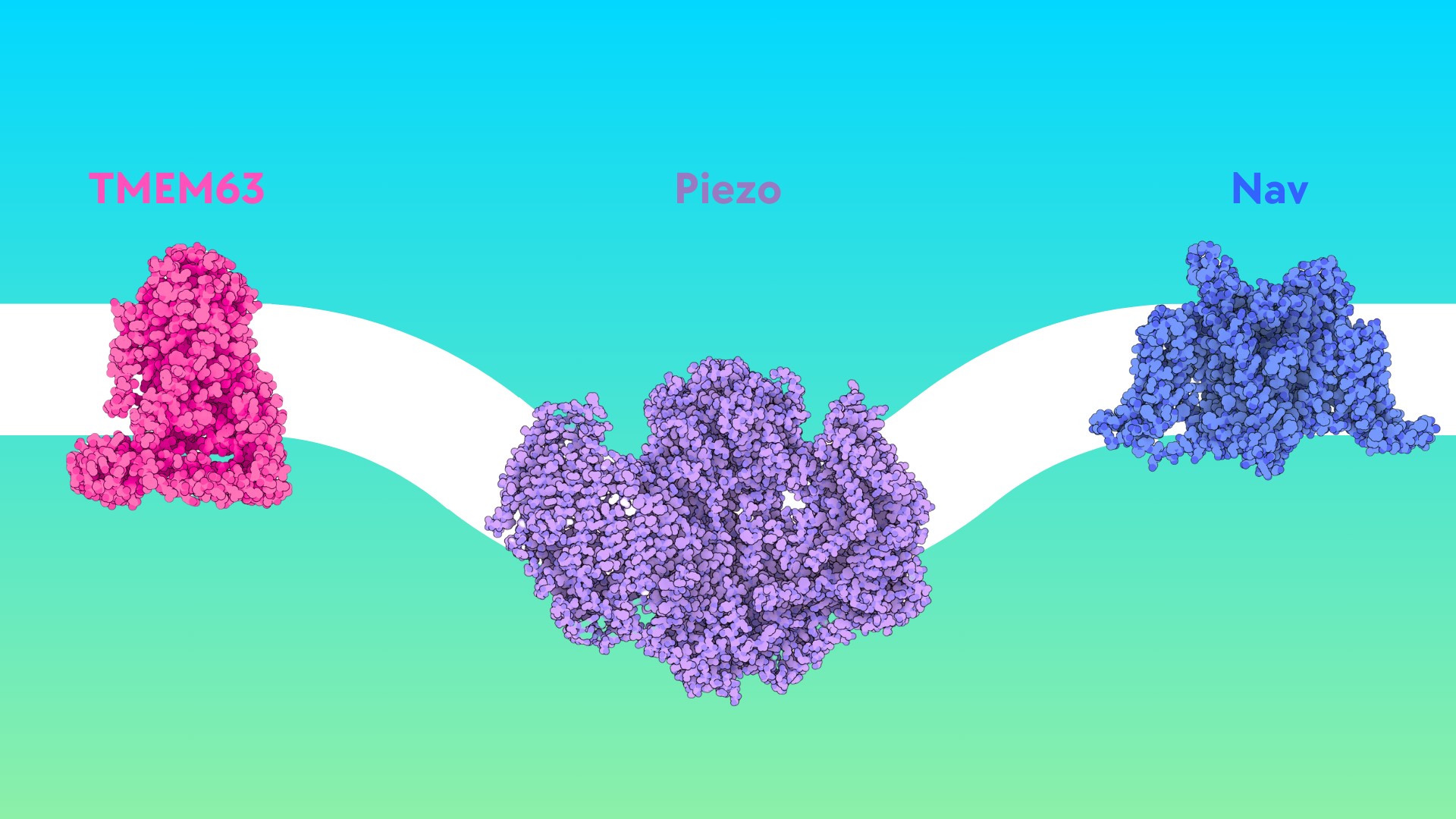BSB PhD Exit Seminar: Investigating Lipid Modulation of Ion Channels Using Molecular Dynamics Simulations
Ion channels are the molecular gatekeepers of our cells, activating in response to diverse stimuli to facilitate the movement of ions and solutes across biological membranes.
Speakers
Event series
Content navigation
Description

Abstract:
Ion channels are the molecular gatekeepers of our cells, activating in response to diverse stimuli to facilitate the movement of ions and solutes across biological membranes. As membrane proteins, the trafficking, localisation and function of ion channels are regulated by lipids through either direct binding interactions or by modulation of general membrane properties. Molecular dynamics (MD) simulations have emerged as a powerful tool to study lipid-protein interactions in atomistic detail. In my PhD, I used multiscale MD simulations to explore the regulatory interactions between membrane lipids and mechanically gated ion channels belonging to the Piezo and OSCA/TMEM63 families as well as voltage gated sodium ion channels.
Piezo2 is a mammalian mechanosensitive ion channel involved in sensing touch, pain and proprioception. Piezo channels are regulated by their local membrane environment and particularly by cholesterol and phosphoinositides. MD simulations of Piezo2 in a complex mammalian membrane showed that the channel alters its local membrane composition such that it becomes enriched with specific lipids, such as phosphoinositides, and forms specific, long-term interactions with a variety of lipids at functionally relevant sites.
Another class of mechanically gated ion channels, the OSCA/TMEM63 family, are involved in osmoregulation in plants and play diverse physiological roles in humans. Their structural homology to the TMEM16 scramblases and the presence of a lipid-lined pore in the open state suggests that the channels may play a dual role in facilitating both ion permeation and lipid translocation. In MD simulations, we show that this is the case, and identify key bottleneck residues which control lipid and ion movement, uncovering the molecular mechanism behind how these channels can function as both ion channels and scramblases.
Voltage-gated sodium channels (Nav) are crucial for the action potential, allowing the influx of sodium ions into excitable cells. The phosphoinositide PI(4,5)P2 diminishes Nav1.4 activity by slowing channel opening, hastening fast inactivation, and slowing recovery. Through MD simulations, we demonstrate stable binding of PI(4,5)P2 to inactivated Nav at a conserved site within the DIV S4-S5 linker, linking the voltage sensing domain (VSD) to the pore. This suggests a competitive binding hypothesis with the Nav C-terminal domain during recovery, prolonging inactivation. In the resting state, phosphoinositides bind to VSD gating charges, hindering activation. These findings elucidate how phosphoinositides modify activation voltage dependence and inactivation recovery rates, holding promise for innovative therapies targeting Nav-related diseases.
Location
Please note: this seminar will be held in the Eucalyptus Seminar Rm and via Zoom, details are included below.
Eucalyptus Seminar Room, S205,
Level 2, RN Robertson Bldg (46)
Please click the link below to join the webinar:
https://anu.zoom.us/j/81332621203?pwd=8cRbY6C96sZvliUwC6PIAgGQQfUFoN.1
Webinar ID: 813 3262 1203
Passcode: 600315
Canberra time: please check your local time & date if you are watching from elsewhere.


